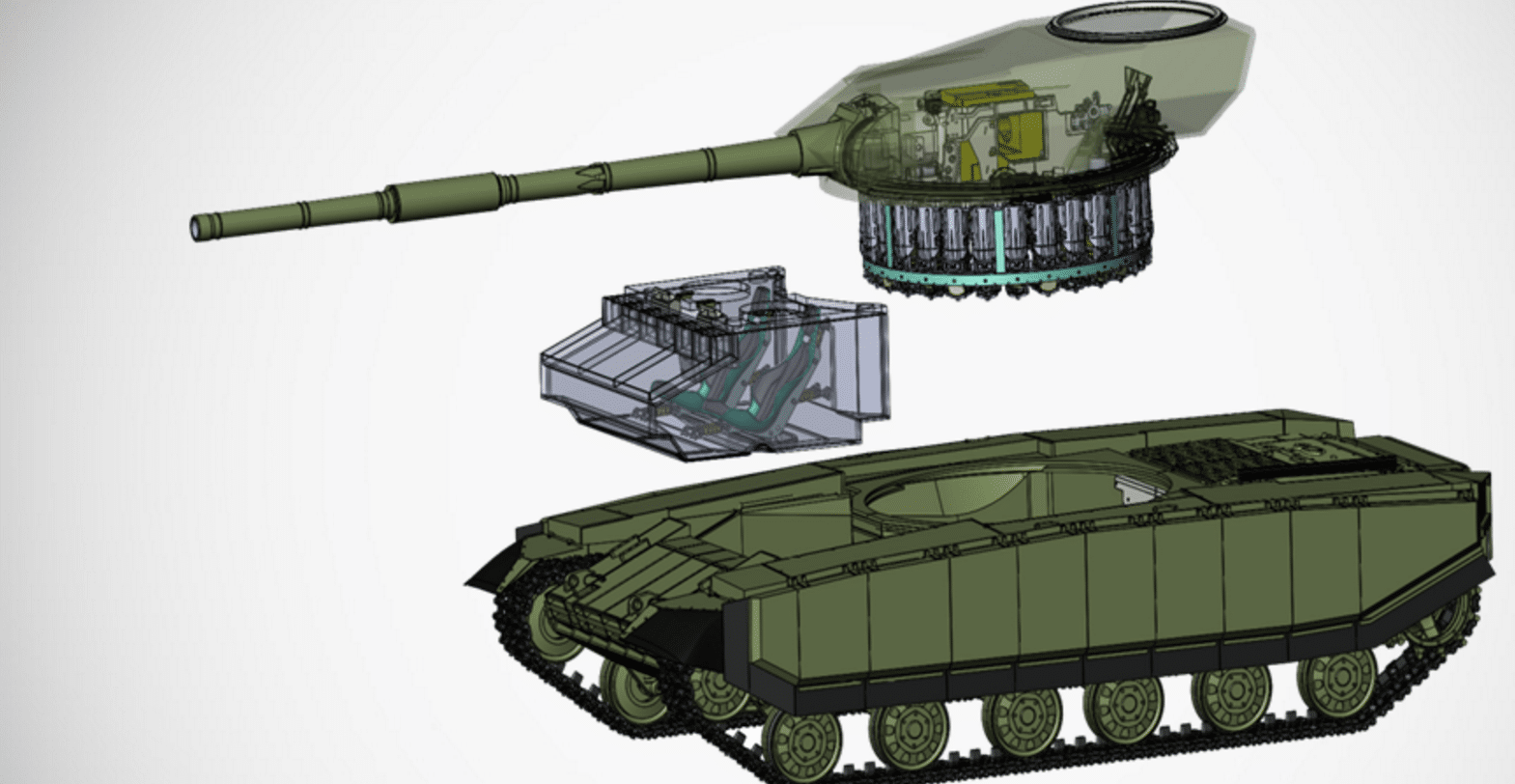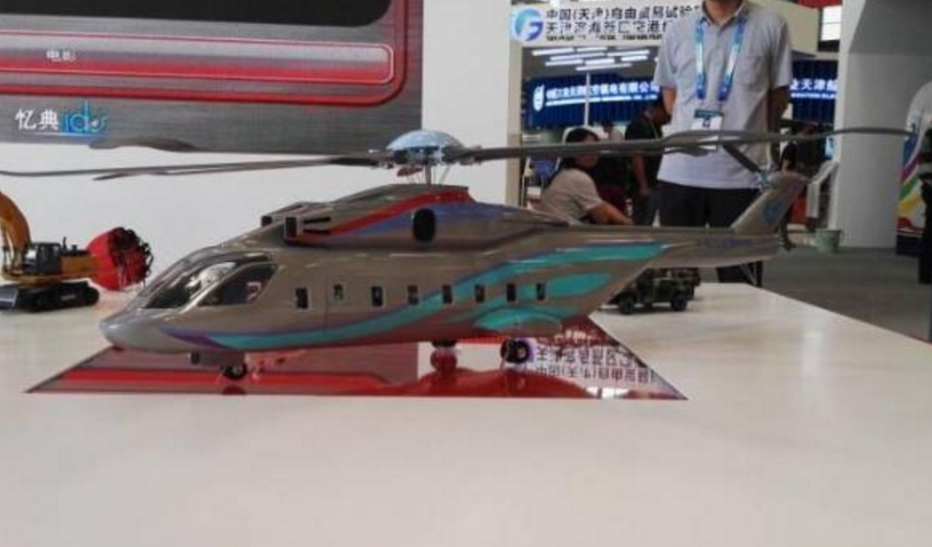385Views 10Comments

Ukrainian firm to develop next-gen turret for legacy tanks
A Ukrainian company by the name of Arey Engineering Group will develop and produce a next-generation turret for legacy T-64 and T-72 main battle tank (MBT) chassis.
Named “T-Rex”, the turret will seek to emulate the technology feats achieved by the Russian T-14 Armata, most notably the unmanned main turret. As per the Ukrainian news publisher Gazeta, the T-Rex will also offer 360-degree viewing coverage and combat analytics system. The turret will be centered on a 125-mm main gun with a remote-controlled automatic loader and remote-controlled machine guns.
T-Rex MBTs will be manned by three personnel. No time estimates have been provided into when the T-Rex will be prototyped and put into production.
Notes & Comments:
In the backdrop of its tension with Russia, Ukraine has been working to revitalize its defence industry. Its confrontation with Russia contributed to critical delays in the production of Oplot-M MBTs for the Royal Thai Army. However, in 2016 Ukraine succeeded in securing major overseas contracts and partnerships for its initiatives, most notably with Turkey, Saudi Arabia and Pakistan. With a USD $600 million contract for 200 6TD-2 1,200 hp diesel engines and other projects, Pakistan is a major armour client (albeit with the state-owned Malyshev Factory, which is different from Arey Engineering Group).
Arey Engineering Group’s main goal is to offer a relatively low-cost and quick-to-produce upgrade, which contrasts with the Russian Armata, which is a bottom-up program that aims to introduce new technology for land warfare as well as streamline the logistics channel by using a common platform for the MBT, self-propelled artillery howitzer (SPH), and armoured personnel carrier (APC). Whereas Arey is developing a new turret, it does not appear to be developing a new chassis.
The Armata is also equipped with a relatively complex onboard electronics suite, one comprising of an active electronically-scanned array (AESA)-based radar as well as an electro-optical and infrared (EO/IR) system, laser-designator, and active protection suite with a hard-kill munitions interception system. While the Ukrainian industry is competent in armour, it is highly unlikely that it will be able to procure analogous subsystems without considerable access to foreign suppliers.
Overall, a true next-generation MBT – especially along the lines of the Armata – will necessitate a major overseas partner to help fund and technically contribute (or at least can source via its own local and overseas supply channels) to the program. If the Ukrainian industry can embark on such a project, it would undoubtedly be a major undertaking.
That said, the T-Rex – if brought to fruition – would be an interesting entry into upgrading legacy MBTs. Paired with the Malyshev Factory’s powerplant line, Ukraine will can offer a fairly modern and affordable pathway for armies in the developing world to recapitalize legacy T-72s.



10 Comments
by Steve
Is it only me or do other people also think that Pakistan armed forces do a lot of window shopping before deciding on equipment and waste time?! It’s good that our main adversaries also do the same and are even worse!
by Steve
Bilal congratulations for producing articles at the usual furious pace!
by @bla bla
@Bilal khan
Please write an article on Ababeel pakistan first MIRV missile
by OSD
It’s only you.
by Steve
Clever!
by Salman Khan
Well, at least we develop and test MIRV before India.
by Salman Khan
We are sitting anxious for the Ababeel article, signore Bilal! Yes, we already read all news articles, but it’s satisfying to read one more haha. On that, this missile looks significantly different from all Ghauri and Shaheen derivatives. The difference is striking, with that thinned body and obvious tip resembling a Chinese SSM. Please, if you can find more details on the technologies incorporated inside, then share it with us ;D And what a boast of power, by Pakistan, by testing landmark missiles that quake all news outlets all around the world in a single month ;D 😀
by Abdul Rashid
The question is Salman, did we develop MIRV?
by Qasim57
Who do you think we could have *acquired* it from?
This tech is not commercially available, and no-one, not even the top-of-the-line vendors sell MIRV-capable missiles.
That being said, most tech is “inspired” – America and Russia benefitted immensely from German prowess, which shaped both their missile and space programmes (German scientists served for many decades at critical posts in both these countries). Turbofan engines were also derived from German tech till atleast the 70’s.
India outright offers large amounts of cash to get French and Western expertise in various areas. I’m sure Pakistan tries to utilise shortcuts and benefit from other’s experience as well. But you need to have some core competence and be able to make this stuff, no-one will give you a ready-made pre-packaged MIRV or SLBM (or even nuclear weapons).
by Abdul Rashid
Of course some core competencies would be needed. I was not suggesting any particular source but more looking for input regarding the source of inspiration as you call it, and the extent of the inspiration. It was a rhetorical question. There are forums out there, as Mazhar points out, where guys are denying this achievement. Thanks for your input. It was all I wanted so that the denial angle by some is addressed on this forum.